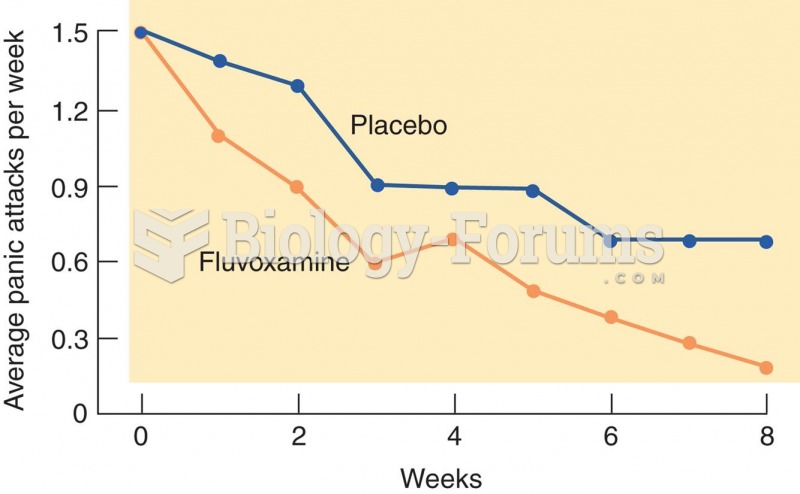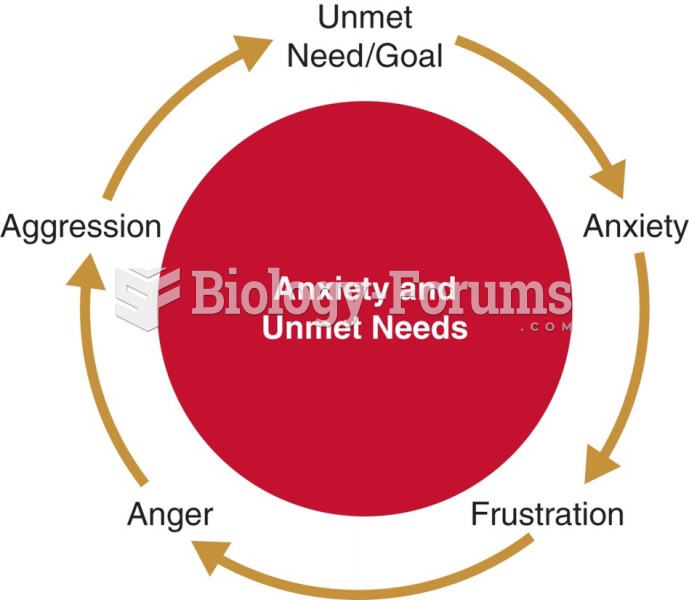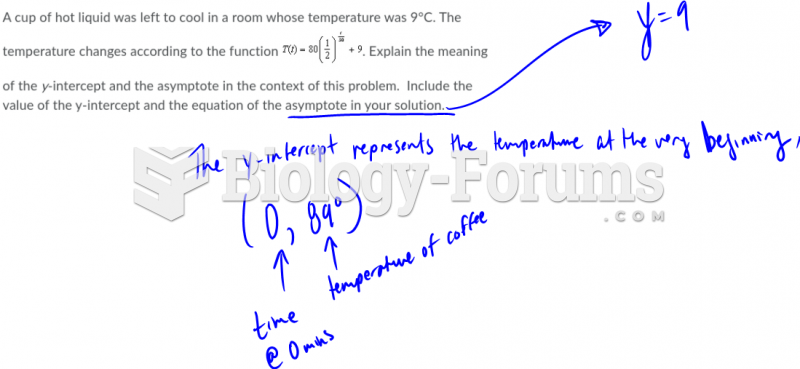Answer to Question 1
The reasons for C.B.'s anxiety are much more complicated than you had thought. You need to decide
whether you have the experience and background to help her or whether you should involve
another member of the interdisciplinary team. Possible actions:
Support the patient with your presence and active listening. Assure her that she is doing well
physically.
If spousal abuse is involved or suspected, a social worker or psychiatric nurse specialist who
specializes in abuse would be an important resource.
If child abuse is involved, you have an absolute ethical and, in most states, legal obligation
to report the abuse to the authorities. C.B. should be given the number of a safe house or a
community resource.
It may be wise to obtain a medical order for a consultation about domestic violence.
If her children are being abused, she should understand that this might involve child protective
services.
Answer to Question 2
Be brief in your explanation because she is still in some pain and in an unstable condition. This is
not the time to go into lengthy anatomy and physiology discussions. Her biggest problem right
now probably is fear.
Briefly explain that this is a common procedure, and the physicians do many of these every day.
Tell her that the purpose is to restore blood flow to her narrowed (stenosed) coronary artery
by inserting a stent. She will be taken to the cardiac catheterization laboratory where the stent
insertion will be performed. Tell C.B., During the procedure, the physician will tell you what you
will feel and when. Knowing she will get a heads-up might help her relax.
Briefly explain what she might experience. Tell her she might feel a warm, flushed sensation; a
sudden burning feeling; or the need to urinate as the dye is injected. She will experience chest pain
for a brief time during the insertion of the stent into the vessel. During or after the procedure, she
might feel irregular heartbeats or temporary numbness and tingling of the extremity used for the
procedure.
Reassure her that physicians and/or nurses will be with her at all times to assist her with pain
control and give support and information as she requires it.
If you feel comfortable doing so, explore whether she would like someone to pray with her. This
can be extremely powerful in relieving fear.







